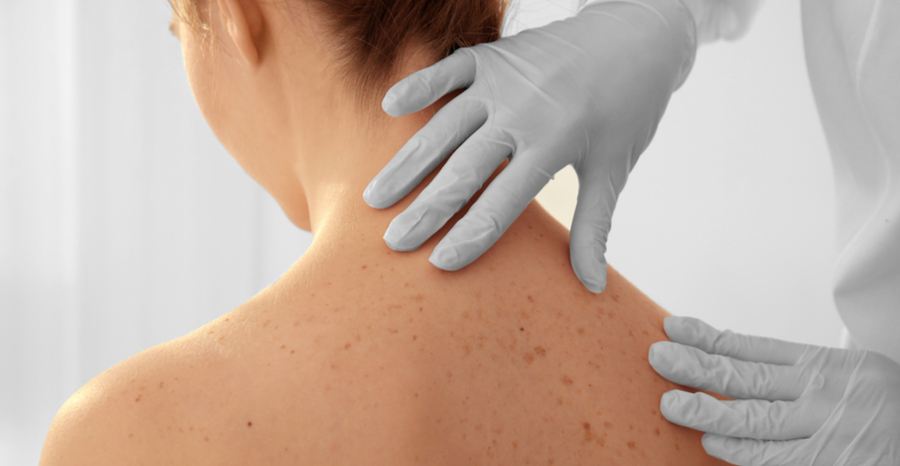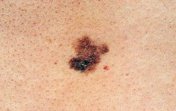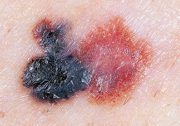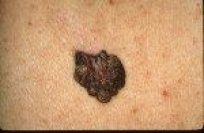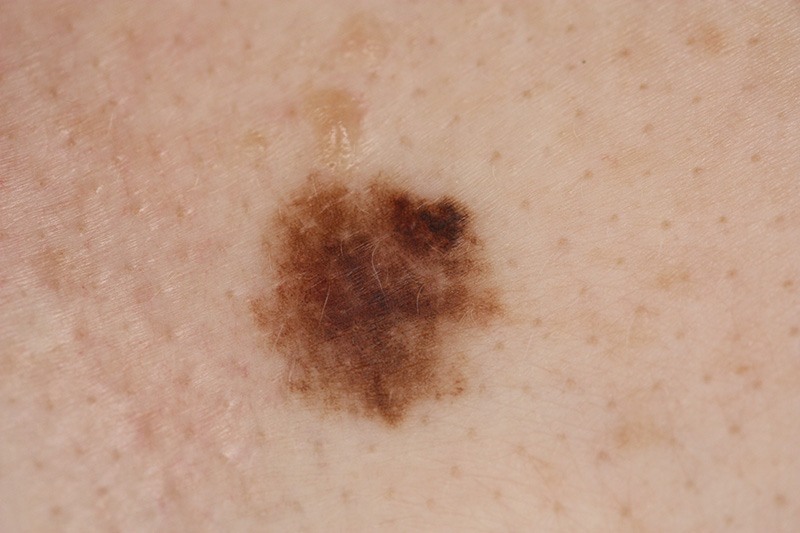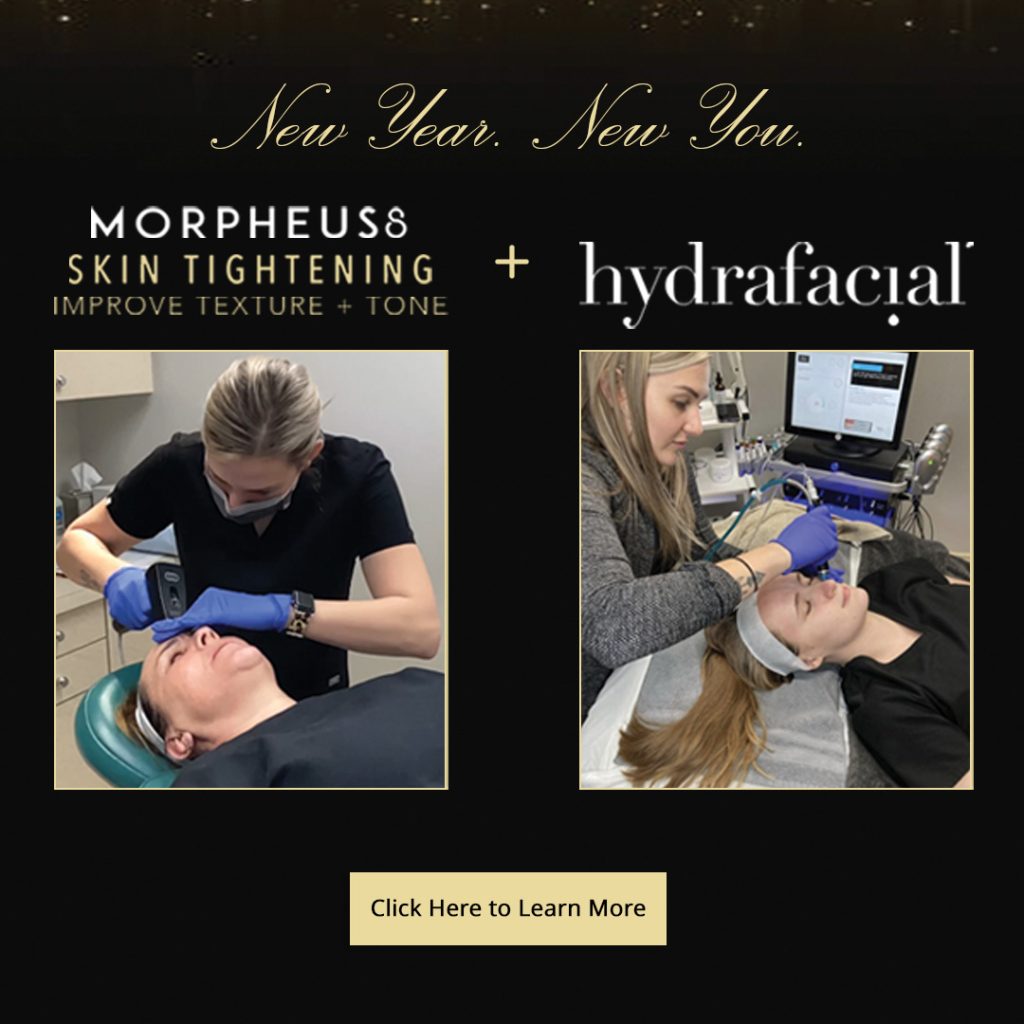By John Sciria, Patient Care Coordinator at Lisa S. Ball, NP at the Neiman Dermatology Building
Working in dermatology for over 10 years, I know the significance of an annual skin cancer examination. But recently, I had my first at our office with Nurse Practitioner Lisa Ball (PhD, FNP-BC). Prior to that, I would usually just get a specific mole checked out, never a full-body exam. And I have to say, I don’t know why I waited so long.
The visit began with Lisa’s assistant Vicki gathering my medical history. From there, she then asked my reason for coming in. I explained to her that after a recent visit with my primary doctor he recommended that I get my moles checked out. After finishing with my history, Vicki then gave me a medical exam gown to get changed into and left the room.
A couple of minutes later, Lisa came in and began her examination. It was really interesting to observe firsthand as she used a dermatoscope (a handheld device used to check skin lesions) from head to toe. Throughout the assessment, she really paid close attention to hard-to-see areas such as the scalp and the back. Marked out suspicious spots, took pictures of them (for future reference), and even took a biopsy of a lesion on the back of my leg. To say she was thorough would be an understatement. Thirty minutes was allocated for my appointment, and she used every minute.
One thing I want to mention is just how good of a job Lisa did in making me feel comfortable and at ease (because let me tell you, standing in front of your boss in your underwear can be just a tad intimidating). But in all seriousness, this is something I hear all the time from her patients and it shows how great of a provider she truly is.
If you too would like to schedule an appointment will Lisa, or any of our other providers, contact our office today. Remember, when it comes to skin cancer, the best prevention is early detection!

